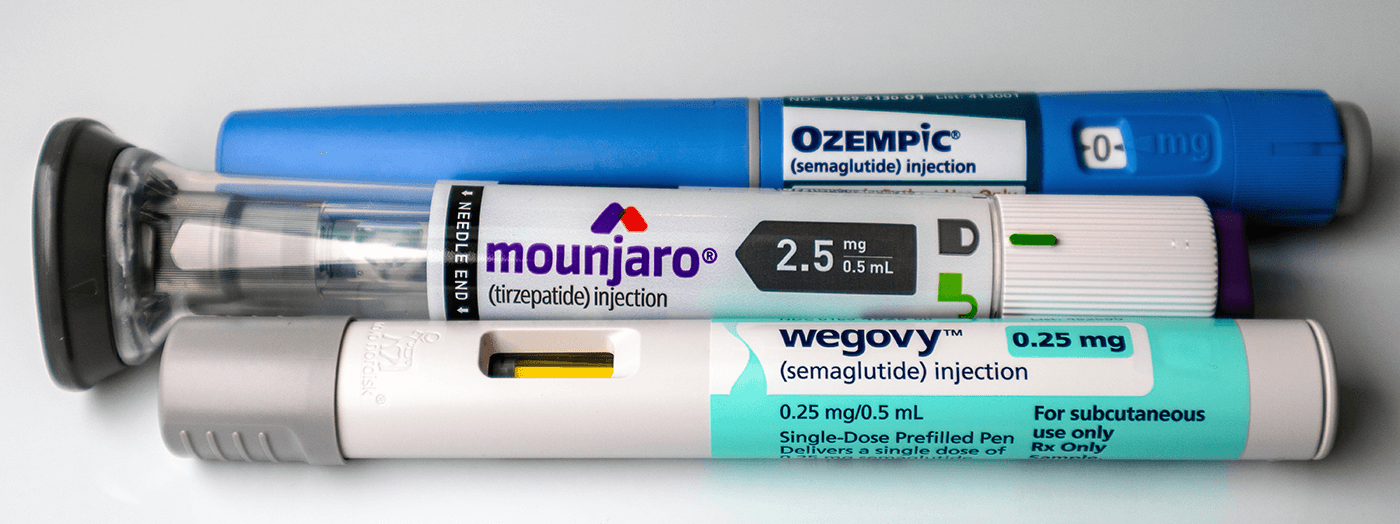You’ve been slowly but steadily dropping a couple of pounds for weeks. And even though you’re routine hasn’t changed, suddenly it all stops. So what happened? Congratulations! You’ve stumbled upon an old weight loss wonderland which those “in the know” call a plateau. Although it can sometimes feel like an insurmountable obstacle which lays dead in the path of your weight loss goals, reaching a plateau actually signifies good news. It means that you’ve finally stepped up to a higher level of fitness.
While you may work out to lose weight, your body works to produce enough energy to sustain your current workout activity (which is why you lose weight). In addition, your body is also training itself to become more efficient at performing whatever lively task you’re asking it to execute, which is why you end up losing still more weight in the resting period which follows your workout. Every time you perform a particular exercise, you are building your stamina for it. When you hit a plateau, it means that your body has successfully become proficient at meeting the demands required for a specific activity. It’s a cause for celebration, not frustration.
So now that you have successfully reached the plateau you’re on, how do you then begin the work of reaching the next one, continuing your goal to shed pounds?
Incorporate Wind Sprints into Your Workout
Adding wind sprints to your workout does not mean pushing your body to the limits of its ability to perform. It’s just a way to make your workout a bit more challenging. Start your workout as you routinely do. Warm up at least 5 to 10 minutes until you break a light sweat. Then pick a target (executing a certain number of extra reps, for instance) and sprint to that target. Wind sprinting is just exercising a little harder, enough to get you winded. After the burst of time is over, continue your workout at your regular pace. You will undoubtedly feel tired and out of breath after your sprint, but keep going. You’re forcing your body to recover under stress. Once you have regained your composure, wait another 3 to 4 minutes and perform another sprint. Repeat this cycle until it completes your workout.
Shake Things Up A Bit
Do something different. Instead of focusing only on one type of aerobic exercise alternate between two or three different aerobic workouts. For example, go rowing on Wednesday and bike riding on Thursday. This forces your body to train and condition itself to perform multiple aerobic activities at a proficient level. While your body must work harder to meet these demands, you’re not called upon to break more of a sweat on your end. When you shake things up, your body reacts as if you were working out more intensely, but you don’t actually have to.
Put A Little More Time Into It
Work out longer. If you started out exercising for 20 minutes, for example, extend the time to 30. Keep extending the time until you reach an hour.
Pick Up the Pace
Perform your regular workout, but execute your movements a little more quickly than what you’re used to, but not so fast as to run out of breath before completing your workout, nor so fast that your movement execution becomes overly sloppy.
One last note about weight loss plateaus. Sometimes you may reach what you think is a plateau, but is actually something else altogether. Resistance training is just as important as aerobic training for weight loss. But remember, per volume, muscle weighs more than fat. Your body fat percentage may go down even as your total body stays the same or rises. Don’t worry about weight gain if the weight gained is muscle. That’s a good thing. The goal of weight loss is fat loss. Keeping track of your body fat percentages can help you avoid mistaking an increase in muscle composition with a weight loss plateau.




